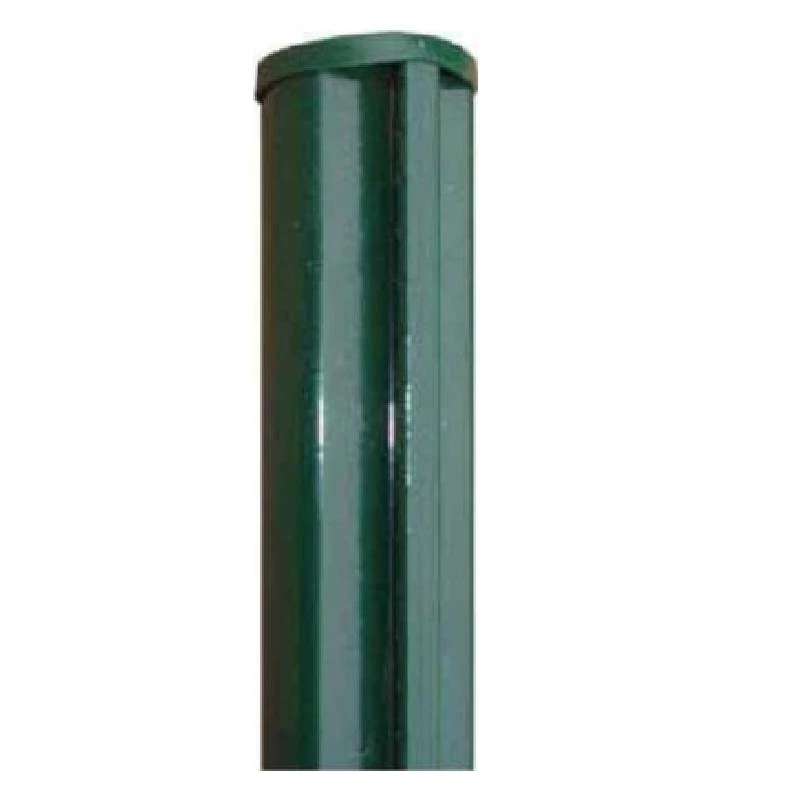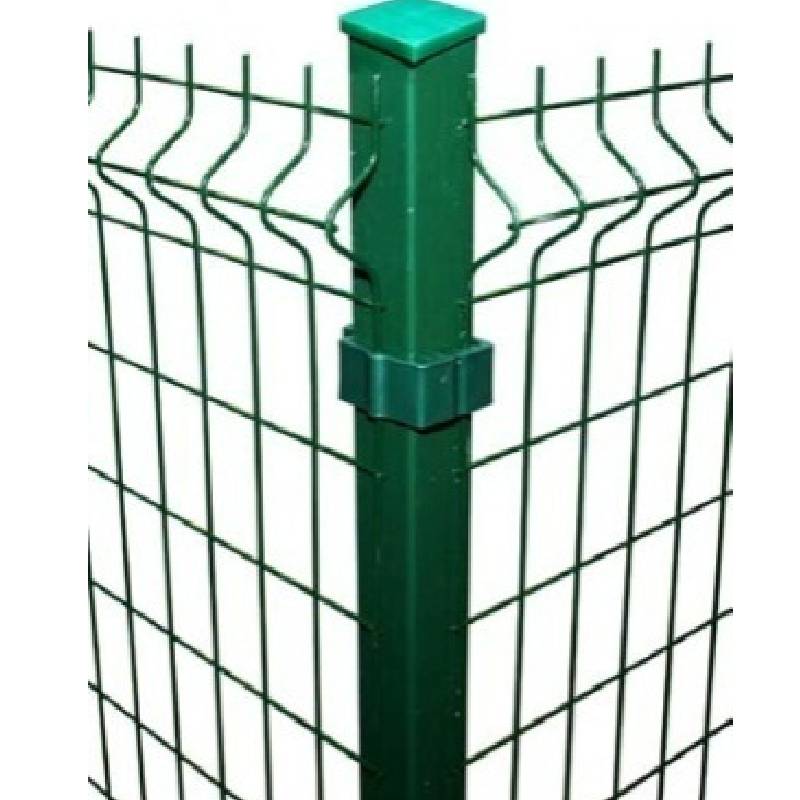-
Imèl:zhao@hyliec.cn
-
Tel:+86 311 85273988
-
whatsAPP:8613931128750
-
 Afriken
Afriken -
 Albanè
Albanè -
 Amarik
Amarik -
 Arab
Arab -
 Amenyen
Amenyen -
 Azerbaydjan
Azerbaydjan -
 Basque
Basque -
 Belarisyen
Belarisyen -
 Bengali
Bengali -
 Bosnyen
Bosnyen -
 Bulgarian
Bulgarian -
 Catalan
Catalan -
 Cebuano
Cebuano -
 kors
kors -
 Kwoasyen
Kwoasyen -
 Czech
Czech -
 Danwa
Danwa -
 Olandè
Olandè -
 angle
angle -
 Esperanto
Esperanto -
 Estonyen
Estonyen -
 Finnish
Finnish -
 franse
franse -
 Frisyen
Frisyen -
 Galisyen
Galisyen -
 Jòjyen
Jòjyen -
 Alman
Alman -
 grèk
grèk -
 Gujarati
Gujarati -
 Kreyòl ayisyen
Kreyòl ayisyen -
 hausa
hausa -
 Hawaiian
Hawaiian -
 ebre
ebre -
 Non
Non -
 Miao
Miao -
 Ongwa
Ongwa -
 Icelandic
Icelandic -
 igbo
igbo -
 Endonezyen
Endonezyen -
 Ilandè
Ilandè -
 Italyen
Italyen -
 Japonè
Japonè -
 Javanèz
Javanèz -
 Kannada
Kannada -
 kazak
kazak -
 Khmer
Khmer -
 Rwandan
Rwandan -
 Koreyen
Koreyen -
 Kurdish
Kurdish -
 Kyrgyz
Kyrgyz -
 TB
TB -
 Latin
Latin -
 Latvian
Latvian -
 Lityanyen
Lityanyen -
 Luxembourgish
Luxembourgish -
 Masedwan
Masedwan -
 Malgashi
Malgashi -
 Malay
Malay -
 Malayalam
Malayalam -
 Maltese
Maltese -
 Maori
Maori -
 Marathi
Marathi -
 Mongolyen
Mongolyen -
 Myanma
Myanma -
 Nepali
Nepali -
 Nòvejyen
Nòvejyen -
 Nòvejyen
Nòvejyen -
 Occitan
Occitan -
 Pashto
Pashto -
 Pèsik
Pèsik -
 Polonè
Polonè -
 Pòtigè
Pòtigè -
 Punjabi
Punjabi -
 Woumen
Woumen -
 Ris
Ris -
 Samoan
Samoan -
 Scottish Gaelic
Scottish Gaelic -
 Sèb
Sèb -
 angle
angle -
 Shona
Shona -
 Sindhi
Sindhi -
 Sinhala
Sinhala -
 Slovak
Slovak -
 Sloveni
Sloveni -
 Somalyen
Somalyen -
 Panyòl
Panyòl -
 Sundanese
Sundanese -
 Swahili
Swahili -
 Swedish
Swedish -
 Tagalog
Tagalog -
 Tajik
Tajik -
 Tamil
Tamil -
 Tatar
Tatar -
 Telugu
Telugu -
 Thai
Thai -
 Tik
Tik -
 Tirkmen
Tirkmen -
 Ukrainian
Ukrainian -
 Oudou
Oudou -
 Ouygur
Ouygur -
 Ouzbek
Ouzbek -
 Vyetnamyen
Vyetnamyen -
 Welsh
Welsh -
 Ede
Ede -
 Yiddish
Yiddish -
 Yoruba
Yoruba -
 Zoulou
Zoulou
Pòs kloti
What Type Of Fence Post Is Best?
The best type of fence post depends on various factors such as the type of fence, local climate, soil conditions, and personal preferences. Common options for fence posts include:
1. Round steel posts: Round steel posts are a traditional and versatile choice, suitable for various fence types. They can be treated to resist rot and decay, but may require maintenance over time.
2. Square steel posts and rabbet posts offer durability and strength, making them suitable for supporting heavy or high-security fences. They are resistant to rot and insect damage.
3. Steel round posts/ square posts/ rabbet with base plate: They are suitable to install on the concrete ground, and fixed by concrete nails.
What Size Is A Fence Post?
Fence posts come in various sizes, typically having Φ32 Φ34 Φ38 Φ48 Φ60 Φ80 for round steel posts and 40x40 60x60 40x60 60x60 80x80 100x100 etc for square tube posts in dimension. The specific size of a fence post depends on the type of fence being installed, the height and weight of the fence panels, and the local building codes or regulations. It's important to select the appropriate size of fence post to ensure stability and structural integrity for the specific fencing project. Consulting with a professional or referring to local building codes can provide guidance on the recommended size of fence posts for a particular application.
Fence Post FAQ:
What type of fence post is best?
The best type of fence post depends on various factors such as the type of fence, local climate, soil conditions, and personal preferences. Common options for fence posts include round steel posts, square steel posts and rabbet steel posts, posts with base plate or without base plate. Each type has its own advantages and considerations, so it's important to choose the most suitable option based on the specific requirements of the fence project.
What size is a fence post?
Fence posts come in various sizes, typically typically having Φ32 Φ34 Φ38 Φ48 Φ60 Φ80 for round steel posts and 40x40 60x60 40x60 60x60 80x80 100x100 etc for square tube posts in dimension. The specific size of a fence post depends on the type of fence being installed, the height and weight of the fence panels, and local building codes or regulations. It's important to select the appropriate size of fence post to ensure stability and structural integrity for the specific fencing project.
How to install a panel fence?
Paneling a fence involves several steps, including measuring and planning, installing the posts, attaching the panels, adding finishing touches, and performing regular maintenance. It's important to follow the manufacturer's instructions and local building codes when paneling a fence to ensure proper installation and compliance with regulations. If in doubt, it's advisable to consult with a professional or seek guidance from experienced individuals.






